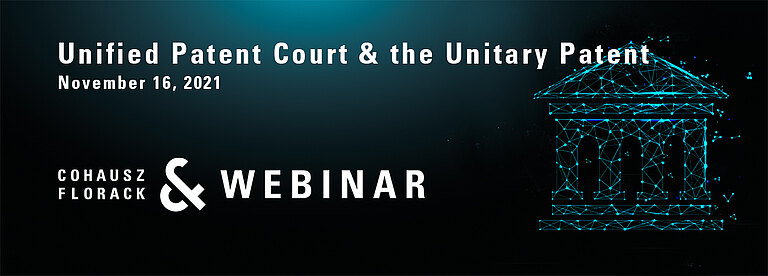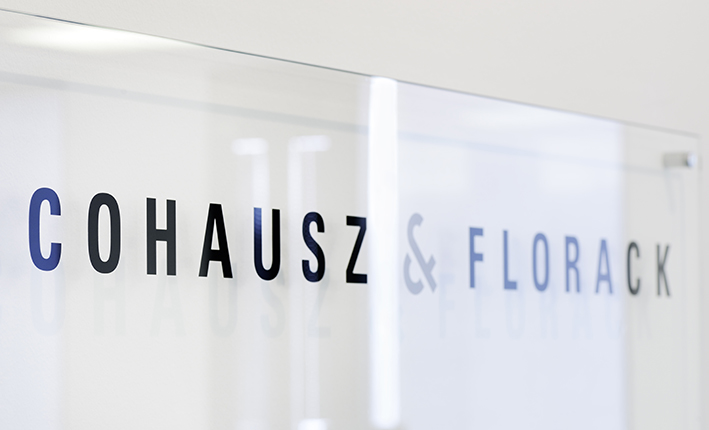The Unitary Patent (UP) and the Unified Patent Court (UPC) are coming, but will they be used and adopted when the new system becomes operational? This is a key question and we gained some deeper insights at our CFWebinar on the UPC & UP earlier this week.
In the course of our webinar we conducted a survey and collected the views of 200+ participants and the results were instructive.
First of all, we conclude from the participants' feedback that there is a unanimous feeling that this time the system will actually become a reality. While we were cautious about the introduction in the past, we now no longer have any reasonable doubts about the UPC coming into force by mid next year or early 2023.
Second, and most importantly, nearly two-thirds of the participants expressed the wish that the UPC will become a success, about one-third was undecided, and only one in ten indicated that they do not wish the UPC to succeed.
In line with those results, most of the participants indicated that they expect the UPC to indeed become a success in the future. A vast majority of participants indicated that they think the new system will become a success or consider such success likely. Only a little over ten percent of participants believed it will not become a success.
But what about the expected usage of the new options the UPC and the UP designation have to offer? More than half of the participants plan to opt out at least 50% of their patents from the UPC system, and less than a quarter plan to opt out a maximum of 25% of their EP patents. Against this background, the option to opt-out seems to properly address the level of caution currently indicated by our survey. At the same time, the possibility to opt back in later can be considered a good idea, as the caution may be compensated by growing trust and the expressed desire to improve the existing system.
Finally, about half of the participants estimated that they will designate the UP in less than 25% of their EP patents. Only about one in five participants plans to designate the UP in more than 50% of the cases. It seems fair to say that there will be considerable UP-designations from Day 1, but that there is also considerable room for the UP’s share to grow.
There are more options available which may not yet have been fully taken into consideration, e.g., the possibility of double protection in cases where a German national patent is granted in parallel to a classic EP or a UP. This possibility has been intentionally introduced by the German legislator in order to enable competition between the existing world-class German patent infringement courts and the new UPC courts - including the four local divisions of the UPC in Germany.
We are following the developments in the UPC closely and will keep you posted.
Header: chinnarach - AdobeStock.com




